
The Importance of Hiring a Professional Home Inspector in Chattanooga, Tennessee
The Importance of Hiring a Professional Home Inspector in Chattanooga, Tennessee
Are you in the process of buying a new home in Chattanooga, Tennessee? If so, hiring a professional home inspector should be at the top of your to-do list. A home inspection is a comprehensive examination of a property’s condition, providing you with a thorough understanding of the property’s strengths and weaknesses before you make a purchase.
Why You Need a Home Inspector
A home inspector will examine the property’s structure, systems, and components, including the roof, walls, foundation, electrical and plumbing systems, heating and cooling systems, and more. By hiring a professional home inspector, you can avoid costly surprises and identify potential problems before you finalize the purchase of your new home.
The Benefits of Hiring a Home Inspector in Chattanooga, Tennessee
When you hire a home inspector in Chattanooga, Tennessee, you will receive a detailed report of the inspector’s findings. This report will give you valuable information about the condition of the property, and it will help you make informed decisions about the purchase of your new home.
In addition to providing a detailed report, a home inspector in Chattanooga, Tennessee, can also provide you with valuable advice and recommendations on how to address any issues that may arise during the inspection. This can include everything from simple repairs to major renovations.
Choosing the Right Home Inspector in Chattanooga, Tennessee
When choosing a home inspector in Chattanooga, Tennessee, it’s important to choose someone who has experience and expertise in the field. Look for an inspector who is licensed, insured, and certified by a professional organization, such as the American Society of Home Inspectors (ASHI).
It’s also a good idea to choose a home inspector who is willing to take the time to answer your questions and provide you with a comprehensive inspection report. This will help you to feel confident in your decision to purchase the property, and it will give you peace of mind knowing that you have a thorough understanding of the property’s condition.
In conclusion, hiring a professional home inspector in Chattanooga, Tennessee, is a critical step in the home buying process. By taking the time to choose the right inspector and understanding the benefits of a home inspection, you can ensure that you are making an informed decision when purchasing your new home. So, don’t delay, contact a home inspector today and take the first step towards making your dream of homeownership a reality.




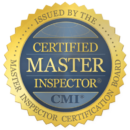


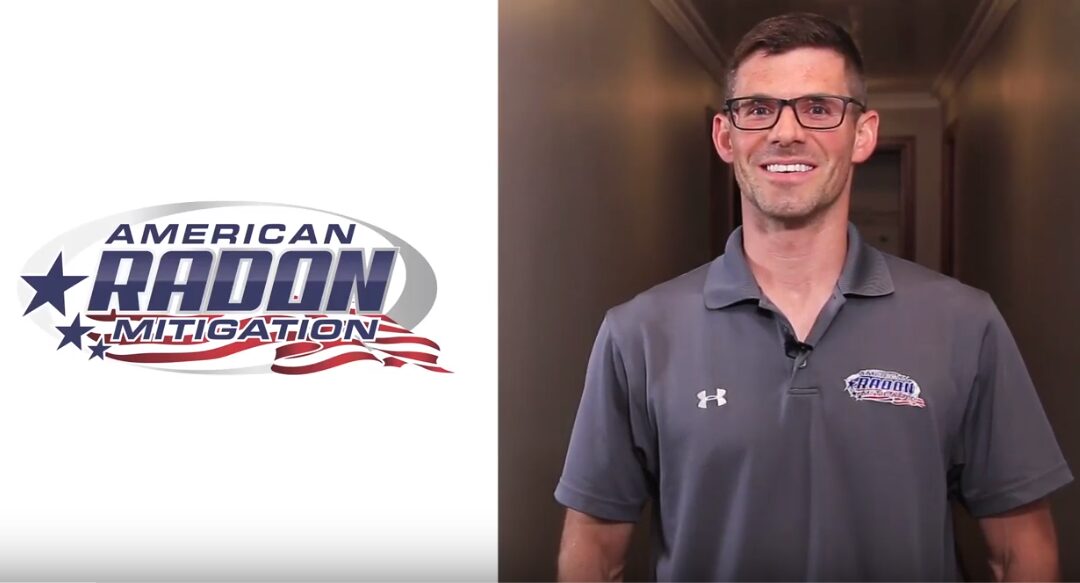
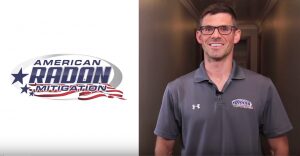
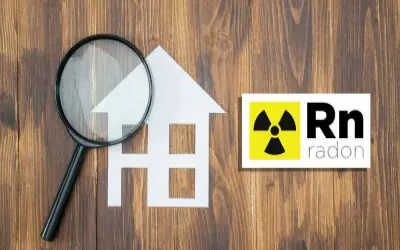
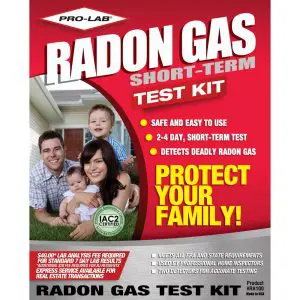
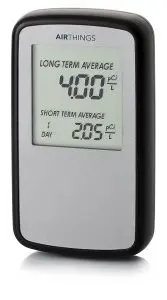

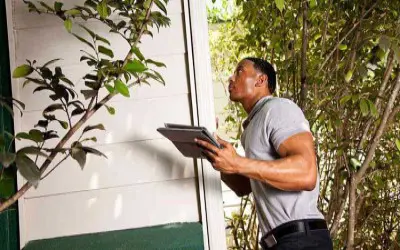
 As a seller, many people think that only the home buyer has a home inspection upon buying the home. However, a seller can benefit from a pre-listing inspection because it avoids unnecessary problems down the road. If you’re selling your home, consider getting pre-listing
As a seller, many people think that only the home buyer has a home inspection upon buying the home. However, a seller can benefit from a pre-listing inspection because it avoids unnecessary problems down the road. If you’re selling your home, consider getting pre-listing  On top of this, if the home is found to be in better condition than originally thought, the price can reflect this. The buyer is also more likely to make an offer without their inspection because one has already been performed, which can increase the speed at which the house is sold and changes hands. There will be no conflicting information making the transaction complicated—just peace of mind for everyone, and a smoother, quicker process where everyone wins.
If you’re selling your home, we highly recommend considering a pre-listing inspection to make your sale as quick and easy as possible. Thornton Home Inspections offers Pre-Listing (Sellers) inspections as one of our
On top of this, if the home is found to be in better condition than originally thought, the price can reflect this. The buyer is also more likely to make an offer without their inspection because one has already been performed, which can increase the speed at which the house is sold and changes hands. There will be no conflicting information making the transaction complicated—just peace of mind for everyone, and a smoother, quicker process where everyone wins.
If you’re selling your home, we highly recommend considering a pre-listing inspection to make your sale as quick and easy as possible. Thornton Home Inspections offers Pre-Listing (Sellers) inspections as one of our